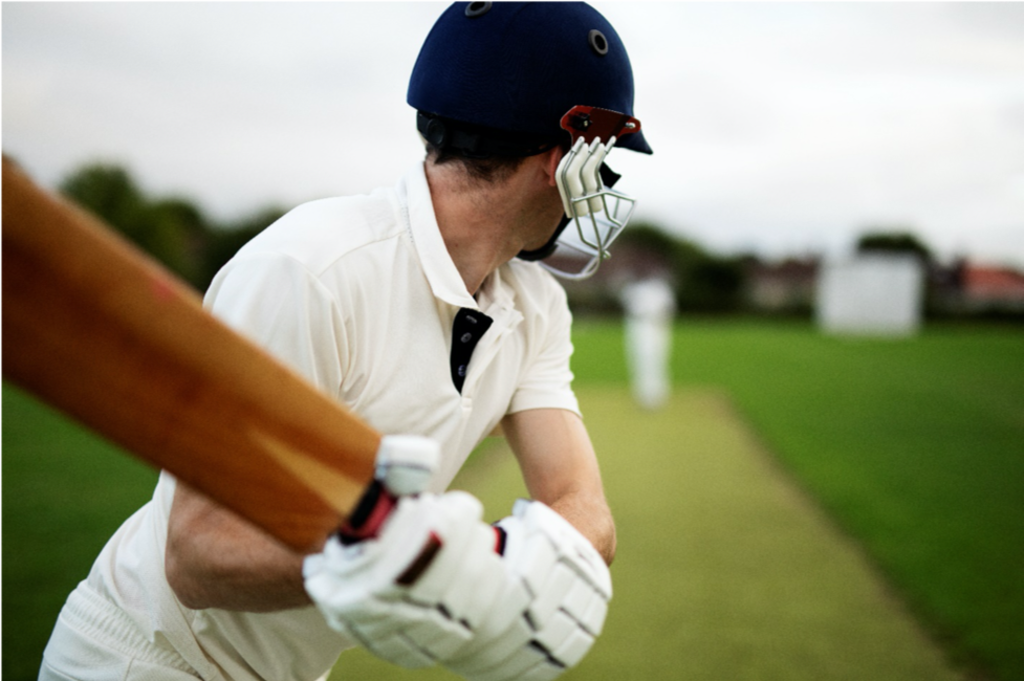Ben Wilson writes for Cricket World on amateur cricket and Covid-19
3 July 2020 | By Ben Wilson
What challenges does Covid-19 present to the sport and how they can be turned into opportunities?
Boris Johnson recently proposed an end to parts of England’s lockdown which was enthusiastically received by many. Cricketers, unfortunately, are not one of the groups who can see a clear route back. Responding directly to a question from the floor, Johnson said, “the problem with cricket, as everybody understands, that the ball is a natural vector of disease, potentially, at any rate and we’ve been round it many times with our scientific friends. At the moment, we’re still working on ways to make cricket more Covid-secure, but we can’t change the guidance yet.”
The Current State of Play
Sport has been problematic from the outset of this crisis, with fears of virus transmission through the crowds at professional games across Europe. European Champions League’s Liverpool v Athletic Madrid match went ahead in March, with 3,000 away fans, although at that point Spain had just commenced its lockdown with La Liga matches required to be crowd free. Premiership football has resumed, driven in part no doubt by the economic pressures. Test Match Cricket is due to resume without spectators on July 8th with the start of the county game beginning in August. However, this doesn’t help those wanting to return to their recreational sport.
Outdoor sports courts and golf courses were permitted to reopen from May 13th providing specific measures were followed. As there is little shared equipment, golf and tennis are relatively unproblematic. Tennis originally required players to use their own marked balls and this is still this guidance for Wales. Golf has no shared equipment and measures were quickly implemented to stop players touching flagsticks. The problem sports are those that have a shared ball that is touched by the hands notably, cricket, football, rugby, netball, basketball, handball and volleyball.
The issues for Cricket
Cricket is seen as especially vulnerable as there is normally a single ball per innings and a tradition of outfielders and bowlers using sweat and saliva to polish the ball, before it is passed through numerous pairs of hands. How can recreational cricket safely resume until there is a general vaccine or much more is known about transmission? Cricket Australia is trying out disinfecting the ball as a potential resolution.
Recreational cricket is instantly recognisable whether on the village green, the local rec ground or at the grander town clubs. The familiar white clothing and the distinctive red ball give it a sense of history and tradition. Lord Denning wistfully spoke of village cricket being 'the delight of everyone'. Whilst the First Class and International games have been forced to accommodate changing consumer demand – with new variations such as the Twenty/20 and latterly The Hundred introduced in a bid to engage both the traditional audience and new spectators – recreational cricket operates in much the same way as it always had. Whilst amateur cricket has well organised competitive leagues and improved pitches, the local game has largely sidestepped the alterations made at the higher levels. However Covid-19 may make change inevitable.
In common with many team sports, cricket has a problem of dwindling participation.
The length of the playing day turns some players off. If each side receives a standard 50 overs, the game can last 6-7 hours. When coupled with travelling time the day is a long one. Holidays, weddings and other summer family occasions greatly impact on players’ availability. Furthermore, a whole range of other shorter activities, including e-sports, entice away potential players and the dropout rate for young players at 16 and 18 is alarming.
Hampshire Cricket League reportedly lost approximately 40 clubs due to player availability over a two-year period forcing it to rethink the game hours. It is not just village clubs that are disappearing. The Bradford League has lost some famous inner-city clubs too. The Covid-19 danger to an older demographic and players from the BAME community, as well as umpires, who are generally older ex-players, may also be deterring people from participating.
Fewer players impacts a club’s often already stretched finances. Cricket grounds are expensive to maintain compared to rugby and football pitches. A cricket square needs careful and expert maintenance with appropriate equipment to create a decent surface. Without players paying membership and match fees, taking part in prize draws, event or raffles and dwindling bar revenue (with games ending far too late for many to stay for a drink), clubs will struggle to survive, especially if there is no winter sport played at the ground to generate revenues year-round.
A youthful outlook – and a refresh to the game
What do clubs need to do if they are to survive and prosper? Junior cricket is certainly one hopeful avenue and many clubs already have thriving junior sections. Although difficult for smaller clubs without a large membership to compete in single year age groups, junior cricket and girls’ cricket could be better promoted. Diversity and inclusivity needs to be at the forefront of any strategy.
Safeguarding younger players is a priority. If we delay the introduction of a hard ball, players of different ages can play together, providing it is sensibly managed. The pride of playing and achieving something against an older player does provide considerable bragging rights for younger cricketers. Cricket should emphasise participation before winning if we want to encourage juniors to continue playing into adulthood. All too often the same players dominate, especially when games are limited. Involving everyone is vital. Why would a player wish to participate if they have limited opportunities?
This principle extends into the adult game. With limited over cricket there is generally a restriction on the number of overs a bowler may deliver - often one fifth of the total. As a result, each side needs at least five bowlers without accounting for one or two having an off day. However, curiously, there is no such limitation on batting. The best bowler in a team has limited opportunities but the best batter can, if skilful enough, bat for the entire innings. Spectators want to watch the finest batters for as long as possible. Whilst this rationale has influenced the professional level, it seems odd, if participation is to be encouraged, to not set any restrictions in the recreational game.
Abolishing the traditional cricket tea and limiting travel time though local fixtures could have some impact too. A change to longer overs with more than six balls would also reduce the field changes brought about by changing ends so frequently - something introduced in The Hundred. Promoting different short forms of the game might encourage non-cricketers to have a go. Perhaps a 15 over local pub/company league could be an attractive post Covid-19 option for workers who have been cooped up working at home.
Clubs need to be creative and imaginative if they are to retain existing players and attract new ones. Clubs need to think beyond cricket. Dedicated grounds are often beautiful green spaces that for large chunks of the day are unused aside from a smattering of dog walkers. Practice nets will generally be available in the evening or school holidays. Grounds in areas away from direct traffic noise can be calm peaceful spaces that lend themselves to other cultural uses. Art, music and indeed any cultural activity such as Tai Chi that can thrive in an outdoor space can take place at a cricket ground. A pavilion offers toilets and catering facilities. Classes supporting mindfulness or other mental health solutions may fit perfectly into a quiet outdoor space. Whilst these activities may not generate large financial rewards, they move the club away from just cricket into taking shape as a community hub. Many forward-thinking clubs do involve their whole communities and there is a strong case that they should receive direct Government support for doing so.
Cricket will emerge from Covid-19 but this is an opportunity to think more generally about what form cricket could take and how clubs can better embrace community activities. At the heart of all clubs is an engaged and passionate membership base. Ensuring your members recognise the issues you are facing is key to making additional ‘asks’ for money during this time. It is in everyone’s best interest to work together to ensure, once we get back to some sense of normality, that cricket clubs survive and that we can still come together to play the game we love.
You can read the original article here.




